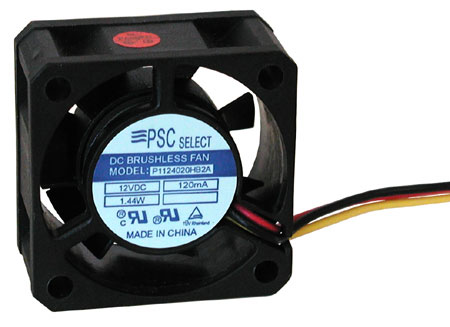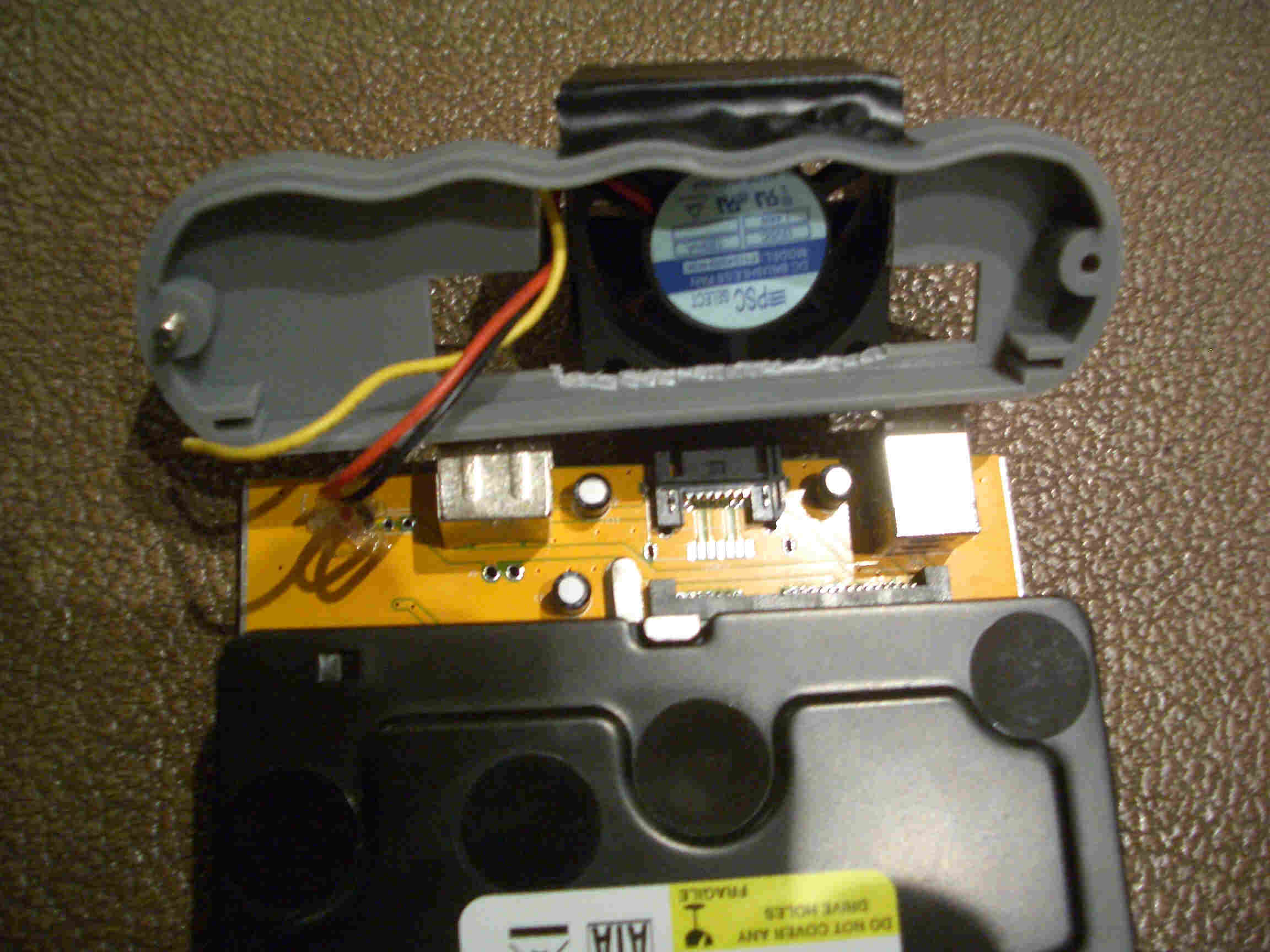
Unfortunately as it goes with many things, assumption is the mother of all screwups, and I was shocked to discover after operating the drive for under an hour it became so hot that it was burning my hand to keep a grip on it!!! This was extremely dangerous, and not only could potential start a fire, but would likely kill the drive and the case within a short period of time. There is nothing worse for electronic components – and especially hard drives – than high levels of heat. That’s a lesson for anyone with an external drive who doesn’t want to see their investment suddenly one day go up in smoke, likely due to ongoing overheating. (Note that the heating issue will likely affect higher capacity 250-500gb+ drives more than lower capacity drives).
I was shocked and disappointed in geeks.com that they would offer such a promotion onto unsuspecting individuals. Upon telling them the situation, they basically said that there’s nothing they could do since they don’t offer a SATA box with a fan, and the case was “thrown in free anyway”. I made the point that this is not like throwing in a free mouse with a purchase. If they sell a drive with a free external case, the buyer expects that it will not increase the chance of their house burning down. At least I was offered a full refund and RMA for the drive. However, I am still shocked that despite my plees, they did nothing to change their promotion or at least inform potential purchasers of the heating issue and possible how to solve it.
Upon further research, I discovered that especially for external SATA drives, most external cases seem to be notorious for not having fans and having heating issues that dramatically reduced drive life for many individuals. The IDE external cases (such as the one I had purchased) had two small fans which worked pretty well to cool the drive, but more on that later as well… Quite simply, most external SATA drive cases do not have any fans, and those that did were so poorly placed in the case that they wouldn’t help sufficiently cool the drive at all. More interestingly, many manufacturers claim that case fans are a marketing gimick and are completely unnecessary for these new drives. I’ll tell you right now, that’s complete bull.
I decided to keep the drive because I needed it and it seemed like most other case options would leave me in the same situation anyway. So I sought to single-handedly solve the problem that seems to plague the industry, and ended up solving the heating problem using a small fan that anyone can buy for literally a few bucks each on the Internet. How’s that for giving the industry a black eye! I also used this technique on my IDE drive case, because the two fans used by the makers of my IDE external case were so crappy that they recently died as well! Now both of my external drives have such good air flow that even after days of operation the cases feel cold to the touch! How would you like the extra sense of security and piece of mind of protecting your valuable data for the cost of a $2.50 fan?

As a warning, performing these modification will likely void the warranty on your case (NOT on the drive), and it does require a LITTLE bit of technical savvy, so perform at your own risk!


For the drives to be properly cooled, the air flow MUST fully pass above and beneath the drive, and must be able to exit from the front end of the unit. (You can push out the plastic bar from the inside of the case using a long pen-shaped object). In addition, stronger 12V fans (with higher RPMs) should be used in order to maximize the air flow. To implement this operation, you need to find the 12V positive/negative leads on the control board of the case using a multimeter, then find a way to safely connect the fan’s wires to them. I held the wires in place with glue from a hot glue gun.

(red wire is positive, black wire is negative, ignore yellow wire)
The hardest part of this “operation” is to expand the size of the hole in the back of the case so that the fan (which sits outside of the case) can blow in cool air. I did this using a special tool that can cut away at plastic or metal. A Dremel-type Drill would also work – just remember to wear goggles! Once you’ve done this, you can use some electrical tape to hold the fan to the back of the unit. Note that on some fans, the 12 volt lead may be unswitched, as it is on the geeks.com SATA box. In this case, the fan will operate even if main power switch is off.

(You may have to give up use of one of the external ports, depending on how you position the fan. This one is designed for using the external USB port).
You now have a drive case that should keep your drive nice and cool, and your drive should pay you back in kind by offering you a long life protecting your valuable data. Worst case, if the fan dies, you’ll know pretty quickly and it’ll also be easy to fix and/or replace for just another few bucks… How’s that for putting mo time, peace of mind, and mo money back in your pocket!

As a final note, especially given that Best Buy recently recalled a little battery operated remote control that can overheat and possibly burn someone’s hand I would think that these companies would be more cautious with a much greater issue such as this one. But I guess the manufacturers and retailers such as geeks.com selling such drive cases simply aren’t worried about this very real risk of someone’s hard drive overheating, burning their hand off, and possibly destroying much more than just their data. At least now with the solution I demonstrated, you now have the power to protect yourself from this industry “oversight”.


(Fan’s red wire goes to drive power connector’s yellow wire, and fan’s black wire is attached to the next black wire using glue from hot glue gun – note that this wiring may vary from case to case).
1 Comment »
 RSS feed for comments on this post. TrackBack URL
RSS feed for comments on this post. TrackBack URL





















Substantially, the article is in reality the freshest on this noteworthy topic. I concur with your conclusions and will certainly eagerly look forward to your forthcoming updates. Saying thanks will not simply be sufficient, for the awesome lucidity in your writing. I will correct away grab your rss feed to stay abreast of any updates. Fabulous work and also much success in your business endeavors!